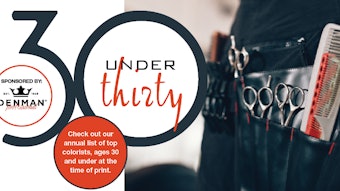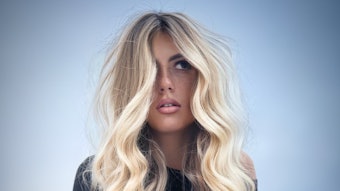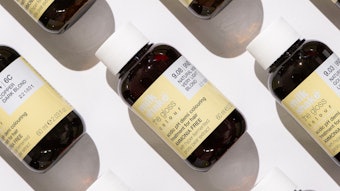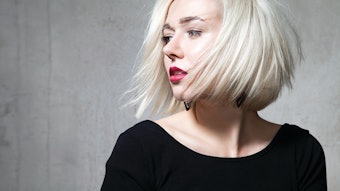 During winter time, most of our clients like to wear a darker color - even blondes out there may wish to deepen their color, and it’s certainly preferable. It’s just more of a natural appearance to have brighter color when it’s really sunny outside during the warmer months, and a richer, deeper tone when it’s gets colder. Often a reddish tone is a lovely choice to add into color during winter time – again, both to blondes or to light brunettes – if the skin tone can carry it.
During winter time, most of our clients like to wear a darker color - even blondes out there may wish to deepen their color, and it’s certainly preferable. It’s just more of a natural appearance to have brighter color when it’s really sunny outside during the warmer months, and a richer, deeper tone when it’s gets colder. Often a reddish tone is a lovely choice to add into color during winter time – again, both to blondes or to light brunettes – if the skin tone can carry it.
A problem can arise quickly, however, when you add red or darker colors: they tend to fade more quickly than the usual blonde or brunette color. As a general note, reds are first to fade because they are the largest dye molecules. Whether they are a redhead, blonde or brunette, if your client is going even a bit darker or redder, you should always remind him/her what they could do to prevent hair from premature color fading. This may include leaving the color on a bit longer on certain areas, or mixing up separate formulas for the roots versus the rest of their hair. Be sure to not just pull through the same root color, but rather use a fresh color formula for the ends of the hair. Think if the formula will be on the ends of the hair, and for how long, and why. Really put yourself to the test so you’ll be able to maintain the color longer. Then you need to evaluate which haircare products are for use at home. You need to make sure that the products your provide are specifically formulated to repair and moisturize, as well as prevent hair from premature color fade. You’ll want the deeper color to last and not fade quickly. Lastly, as a general rule, it’s possible that the client won’t need to shampoo as often, perhaps every other day, which will help retain hair color for a longer period of time.
Also, during the winter months, in general for all hair but especially for color-treated hair, we need to to prevent hair from drying out, especially at the ends. The longer the hair is, the older it is and the more it will need special treatment during the colder months. Longer hair doesn’t have the benefit of sebum or hair oils produced at the scalp that keep the hair shaft healthy and shiny. In addition, any different dimensions, levels of color, or chemicals on the hair creates a need for increased conditioning during winter. Therefore, it’s a matter of using high quality restorative products: shampoo for the scalp, and conditioner for the ends. When conditioning, allow time for the conditioner to sit on the ends of your hair. The concept is just like moisturizing your skin. It’s important not to over shampoo or cleanse hair because you can dry it out. All you really need to do is shampoo the scalp and let the shampoo rinse down the ends, as opposed to forcefully scrubbing through the older ends. When conditioning, however, you only truly need to concern yourself with the ends of the hair where moisture needs to be replenished constantly.
The moral of the story is to richen or darken or redden your color during winter, and to moisturize and take extra good care of it to boot!
-Marco Pelusi
www.marcopelusi.com
[Image: Thinkstock]







